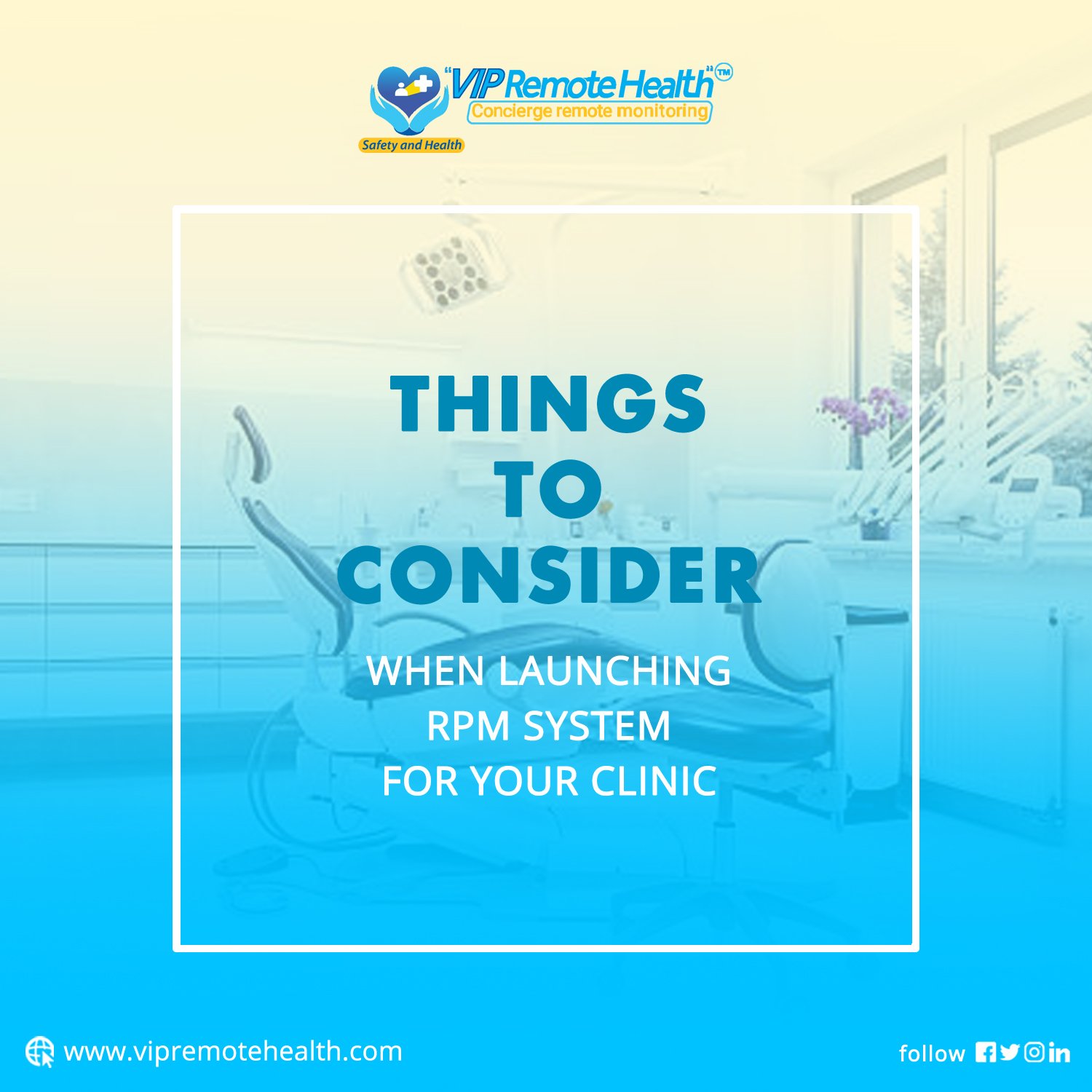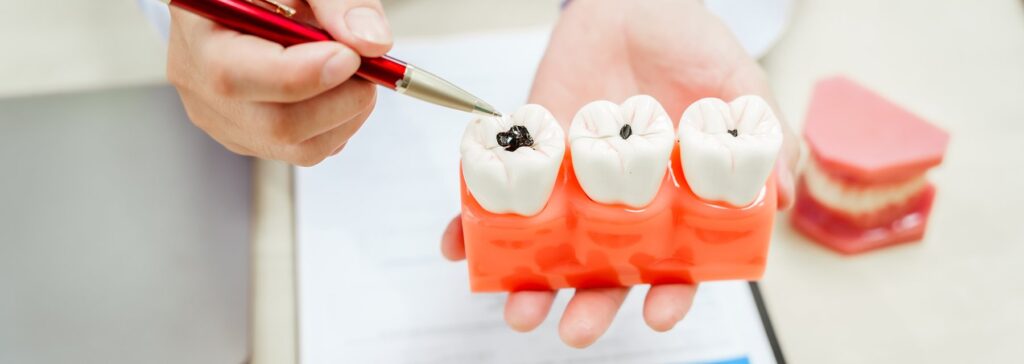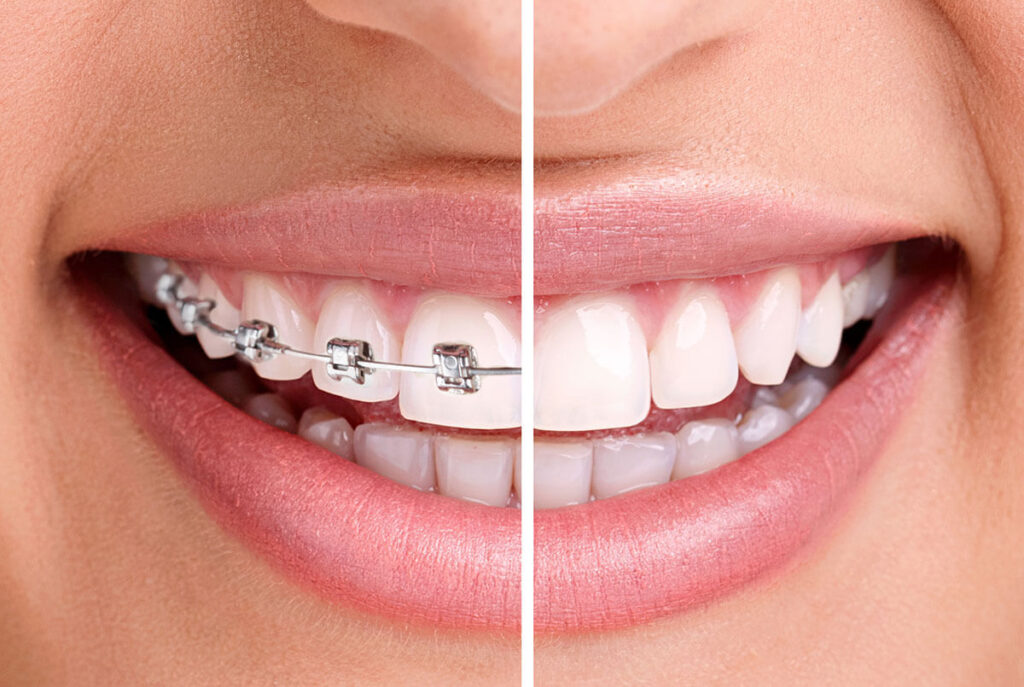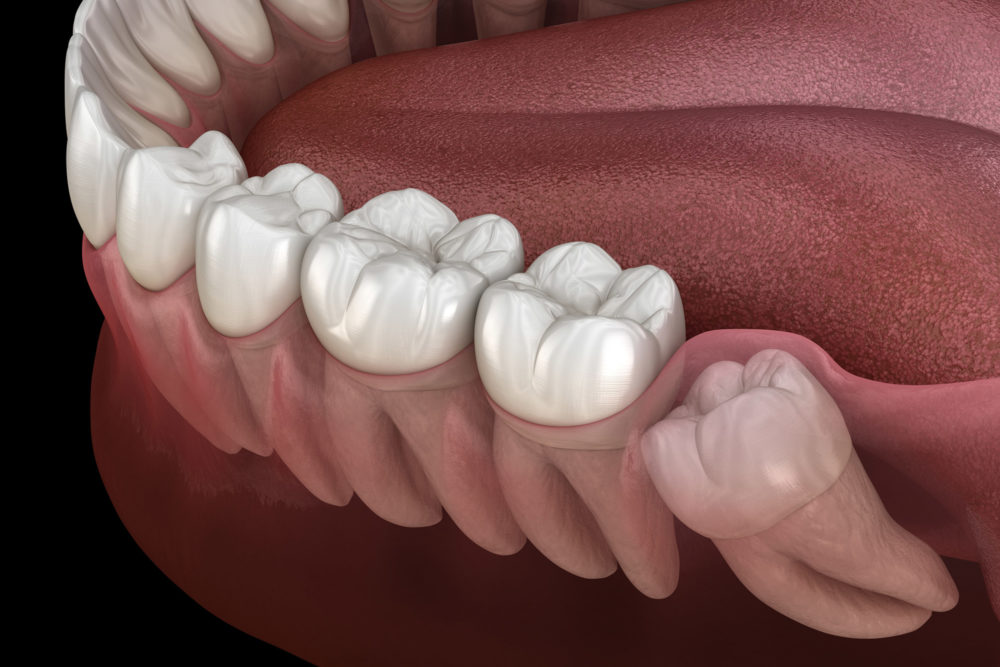The outbreak of COVID 19 has made us realize the importance of an improved healthcare system. While the new virus has posed many limitations on us and confined us to our respective homes, visiting hospitals is no exception.
Moreover, in this situation of the pandemic, patients with other health ailments are not receiving as much attention and proper treatment.
In such a situation, the demand for telehealth solutions, especially remote patient monitoring systems, is the need of the hour. Most of the physicians are describing themselves to be at full capacity. An in-house program like remote patient monitoring can prove extremely beneficial and overwhelming in such a situation.
However, before adopting new technology, it is important to know the program’s ins and outs. This article will give you a deep insight into the different aspects of rpm remote patient monitoring and understand the benefits the technology will yield in the long run.
Determining Its Suitability
Suppose you wish to assess the suitability of remote patient monitoring in the field of healthcare and how it will work for the kind of patient population a hospital supports. In that case, there are a number of factors that one needs to consider.
For instance, before installing the remote patient monitoring system, a healthcare institution should understand which group of patients the system will be beneficial for.
Studies have shown that remote patient monitoring services have been so beneficial that they have slashed down clinic visits and emergency hospitalizations by as much as 70% and have enhanced engagement rates to 85%.
It can be used to treat some patients with chronic diseases, elderly patients who report for regular check-ups, some post-operative patients, etc.
This system harnesses skilled nurses and health care professionals who can collect self-reported data from the patients and analyze them.
Once assessed, the relevant results are published to the patient. This makes routine check-ups easy. Patients can easily keep a record of their health and manage their disease accordingly. Therefore, the benefits provided by rpm remote patient monitoring are plenty.
How Achievable is Remote Patient Monitoring Technology?
The effectiveness and efficiency of the RPM technology for a healthcare industry depends on certain factors like the kind of technology and devices that are to be used, the ability to operate them and interpret the results to the patients, how well they can be managed, how to secure the data of the patients are, and many more.
Those who provide remote patient monitoring services tend to install their software on devices that are already pre-configured, like pulse oximeters, blood glucose monitors, blood pressure cuffs, etc.
For the best and the most effective use of this system, these devices should receive proper and timely maintenance. There should also be a provision for safe storage of the collected data. Any irregularity about the health of any patient should also be immediately reported to the providers.
Once you have assessed the potential benefits that a remote patient monitoring system can provide you with, you need to understand if it is cost-effective.
If, in due course, you see that installing the remote patient monitoring system is helping you to increase the revenue potential by allowing you to remotely provide care to more patients, then spending a few bucks for the installation of a remote patient monitoring system is going to be worth it.
Also Read: What is RPM Remote Patient Monitoring System? How Does It Work?
Apart from that, the system can also provide some long-lasting benefits such as reduced cost of infrastructure, fewer hospital admissions, and optimization of staff and patients’ time.
If it is put to use properly, then installing a remote patient monitoring system can definitely yield amazing results in healthcare.
However, despite its several amazing benefits, some shortcomings are associated with the remote patient monitoring system. While this system aims to make healthcare easily accessible to everyone, a certain sector shall always remain deprived of remote patient monitoring’s amazing benefits due to the lack of proper broadband connection.
Also, elderly people face a lot of difficulty in getting accustomed to the ardent use of technology. Apart from that, the wearable fitness trackers may also not show accurate results all the time, leading to errors in diagnosis.
Hence, although a boon, remote patient monitoring still requires some more time to be accepted by people at large.
sprunki horror Endless Fun Awaits!



